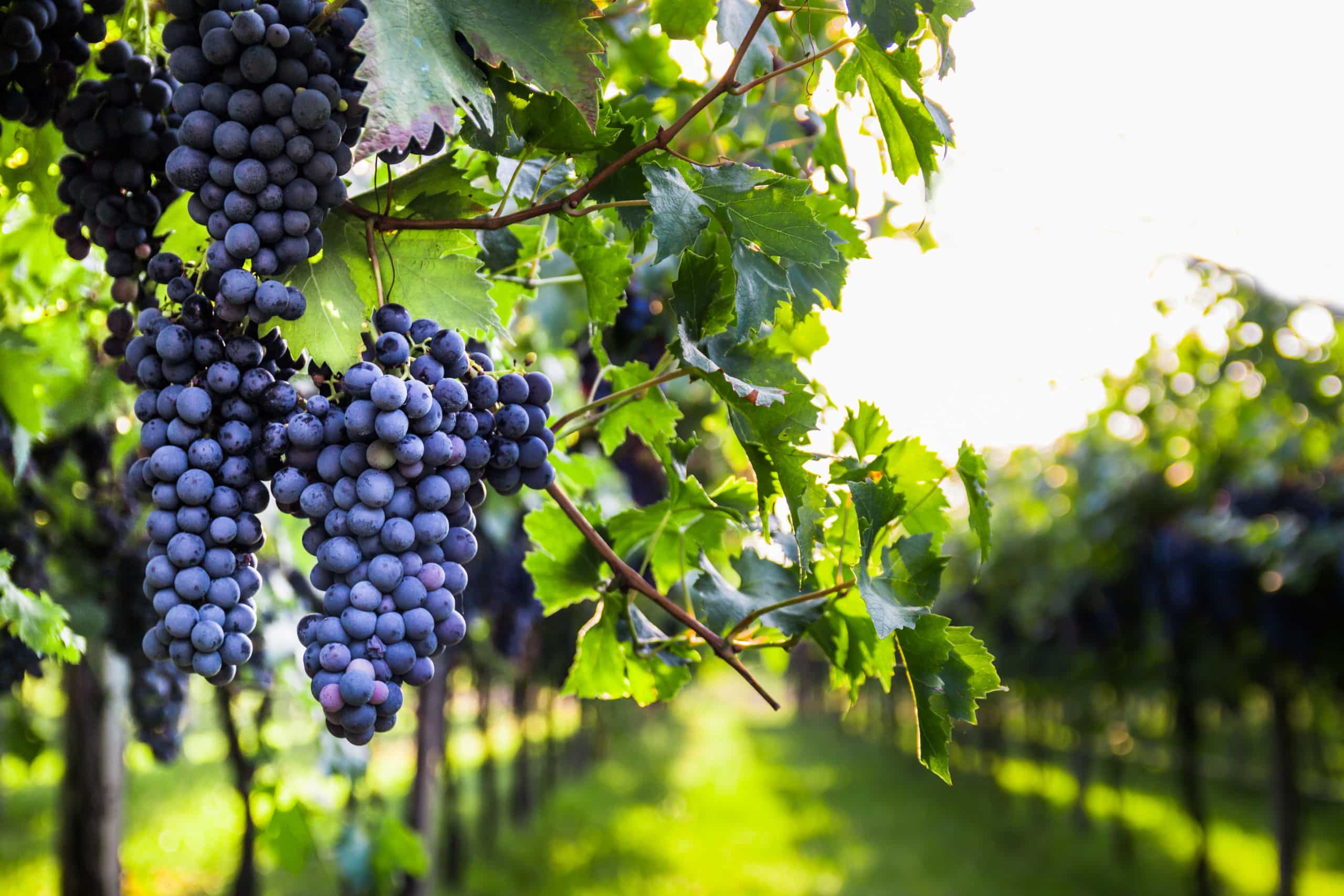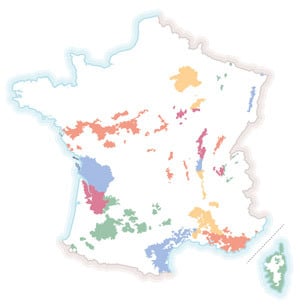
Contents
It’s snowing, your socks are wet, your feet are freezing, your hair is starting to soak… but you’ve got the perfect excuse to enjoy some mulled wine! This year, you want to go homemade, so you go to the wine shop to choose the base of your future beverage. However, you don’t know what to choose between Bordeaux, Burgundy, Côtes-du-Rhône… Don’t panic, this article is for you!
In a good mulled wine, the wine is fruity and sweet, and its flavors are enhanced by bits of orange and cinnamon. The perfect wine for a good mulled wine is therefore a young wine, in which all the fruit aromas can still be felt.
The wine should not be overly tannic and should stand out for its roundness. Heat exacerbates astringency, so an overly tannic wine will be unpleasant to drink warm.
A generous, greedy wine is needed, with a little power so that it doesn’t fade with the introduction of spices. A good AOP Côtes-du-Rhône or Côtes-du-Rhône villages; IGP d’OC Merlot, Grenache and Syrah; AOP Beaujolais or AOP Languedoc will do very well if they are still in their youth.
Conversely, avoid overly tannic, highly concentrated wines. Barrel-aged wines should also be avoided, as they lack suppleness and fruit aromas. Older wines, i.e. more than four or five years old, will have too many complex aromas, spoiling the simplicity and fruitiness of mulled wine.
Once the right wine has been chosen and the mulled wine is ready, enjoy it après-ski with cinnamon shortbread, speculoos, gingerbread or orange cake.
If the mulled wine isn’t finished, don’t throw it away! Once the spices and oranges have been removed, you can keep it in the fridge for another day or two. You can also use it to slow-cook pears, quinces or prunes.
© Photo by Gaby Dyson / Unsplash




